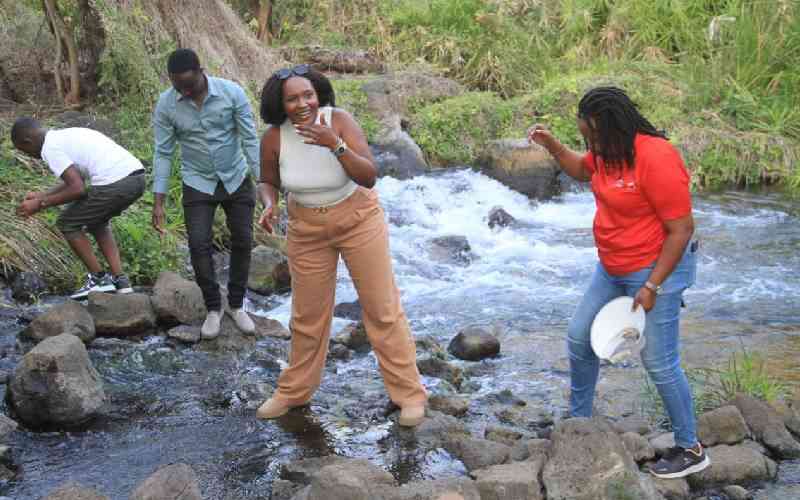×
The Standard e-Paper
Informed Minds Prefer The Standard
LONDON: Women could soon be able to use their smartphone as a mobile pregnancy testing kit.
And smartphones may also be able to monitor diabetes thanks to a sensor that can measure body fluids such as blood, urine, saliva, sweat or breath.







